While Apple embraced Thunderbolt 3 eGPU technology for years, it doesn't have the same love for the upgrade option for its Macs since the launch of Apple Silicon. Here's how Apple's relationship with eGPUs started, matured, died — and could come back.
For years, an external graphics processing unit (eGPU) was an easy way for Mac users to increase the graphical capability of their Mac or MacBook. For most installs, the upgrade consisted of an external PCI-e enclosure housing a full-size graphics card, which is connected to the Mac via Thunderbolt, enabling the Mac to take advantage of a sizable percentage of the card's maximum power.
An eGPU can be viewed as a way to perform an upgrade on a Mac that doesn't offer any real physical upgrade options. With the exception of the Mac Pro and earlier models that had the ability to switch out graphics cards for others, most Macs simply didn't give the opportunity to directly upgrade the GPU.
Such an enclosure set to work through Thunderbolt meant that owners of the Mac mini, MacBook Pro, and other physically-constrained hardware, could actually upgrade the GPU of their Mac.
A properly-configured setup provided power and acceleration at the desk for a MacBook Pro, while still allowing for an easy disconnect and travel with the host computer. It also allowed for an eGPU to be transferred from one system to another with relative ease.
And, importantly, offloading the graphics load also means offloading the heat generated by that processing.
Intel Mac owners can still use the technology, and at least for now, Apple Silicon owners are out of luck. Here's how it all started on macOS, how it ended with Apple Silicon — and why and how it could return.
First sightings of support
WWDC 2017 had Apple demonstrating the possibilities of using virtual reality on a Mac, and with that came a need to give users more graphical processing power. During the event, Apple revealed that macOS 10.13 High Sierra would include official support for external graphics cards over Thunderbolt 3.
Fulfilling a promise made years prior with the introduction of Thunderbolt ports on a Mac, the operating system included Metal 2, Apple's next-generation graphics API. Metal 2 was crucial to the initiative, as it included new assets that worked with eGPUs connected over Thunderbolt 3.
To help encourage developers to get started using Metal 2, Apple introduced its developer kit, which consisted of a Sonnet eGFX Breakaway Box, as well as an AMD Radeon RX 580 GPU, and a USB-C to USB-A hub. The package, which was similar to other third-party eGPU systems available on the market at the time, was priced at $599.
Mac users who had the hardware still had some time to wait before being able to use Apple's official method, as at the time it was said full support was expected by Spring 2018.
Community workarounds
The initial implementation in those first betas were a blessing and a curse. While there wasn't anything special about the eGPU setup in the developer kit, Apple did include a laundry list of issues that could impact users.
The list of problems included a lack of support for mirrored displays, no "clamshell mode" support, no HDMI audio, no support for USB-C displays, and no acceleration of the internal display on a Mac which had one.
The eGPU community came to the rescue for power users who wanted to work around the limitations. Very quickly, hacks for some of the limitations were created and distributed online, expanding the utility of the beta for those who needed it.
After the release of macOS High Sierra in September 2017, eGPU users had to rely on the betas, and those hacks, to keep using their hardware, at least until formal eGPU support rolled out to users.
These hacks were useful in another unexpected way, namely that some enclosures wouldn't connect to Macs running Sierra or High Sierra, due to a software-based Apple block of TI82 Thunderbolt chipsets. A workaround allowed affected eGPUs to keep working as intended in the betas, albeit with caveats such as disabling System Integrity Protection.
Beta Progression
By the beta of macOS 10.13.4 in January 2018, Apple was working to improve its eGPU implementation, including adding a new menu to enable a disconnection of an eGPU enclosure without requiring users to log out beforehand.
A dynamic clamshell mode also arrived, working regardless of the monitor configuration. The mode allows a MacBook Pro to keep running on the external display via the eGPU, even when the lid is closed.
By the fifth beta in March 2018, Apple had made a big change alongside some expected improvements. Namely, Apple disabled the ability to use eGPUs using older Thunderbolt and Thunderbolt 2 connections.
The change effectively meant older Macs that didn't have Thunderbolt 3 couldn't use the feature. This included the cylinder Mac Pro.
High Sierra, Bye Nvidia
Apple publicly brought eGPU support to macOS High Sierra in 10.13.4 in March 2018, just as promised. However, its implementation wasn't entirely smooth sailing for enthusiasts, especially Nvidia GPU users.
For a start, the support page listed several AMD video cards as being compatible with macOS' eGPU facility, including the Radeon RX 570, Radeon Pro WX 9100, and the Radeon RX Vega range. Support wasn't limited to any specific vendor, but they did have to mostly comply with the reference specification.
That list excluded all cards from Nvidia, the rival to AMD's Radeon line. Despite Nvidia providing a "web driver" for its cards, it wasn't enough to get the GPUs running without using third-party hacks.
Those hacks arrived in April, and not only enabled Nvidia card support, but also re-enabled support for Thunderbolt 1 and Thunderbolt 2 ports with eGPUs.
By January 2019, it was found that Apple's developers were keen to support Nvidia's higher-end cards, but disavowed at higher levels. There was some confusion as to who was actively holding off from embracing Nvidia, and there also wasn't any official reason offered for why, either.
Nvidia wasn't welcome to the table anymore.
Mojave and Blackmagic
In July 2018, Apple introduced a refresh of its MacBook Pro lineup, as well as an external GPU setup created in cooperation with Blackmagic. The setup consisted of an enclosure housing a Radeon Pro 580 GPU with 8 gigabytes of memory, though it used an all-in-one design that prevented tinkering and upgrades.
At the time, the Blackmagic eGPU cost $699.
During AppleInsider's testing at the time, it was found that the Blackmagic eGPU was the first to support displays that connected using Thunderbolt 3.
At the time, a beta for macOS Mojave introduced changes to eGPU support to make it more granular, namely making it easier to enable eGPU support on a per-application basis. It was possible to do this previously, but the change added the option right within Finder.
A few months later, Apple and Blackmagic introduced an eGPU Pro, a version of the same enclosure that housed the Radeon RX Vega 64 with 8GB of HBM2 memory.
As time progressed, more eGPUs and enclosures came on the market, providing more graphical boosts to users who needed a bit more of a push. And with minor hiccups, all was well until the introduction of Apple Silicon.
Apple Silicon and an Intel-only eGPU existence
Apple announced in June 2020 it was shifting away from Intel processors in favor of its own Apple Silicon initiative.
One month later, support documents indicated that Apple was dropping support for non-Apple GPUs in Apple Silicon. Though it was bullish on its own GPU designs, Apple was careful to say that Intel-based Macs would continue to support eGPUs as usual.
AppleInsider later confirmed in November 2020 that the M1 lineup of chips wouldn't support any external graphics processing units, and instead would rely on its own on-processor GPUs.
That same month, testing determined that macOS continued to see the connected enclosure and PCI-E card inside, even on an Apple Silicon Mac. Despite seeing the cards, the eGPU functionality remained absent on Apple Silicon, but it gave hope that support could've surfaced down the road.
As of April 2022, that support is still noticeably absent.
New eGPUs meant for Intel Macs continued to land on the market, including Sonnet's Breakaway Puck lineup's upgrades and newer higher-powered Breakaway boxes, and even modular bundles.
In continuing Intel eGPU support in macOS, the release of macOS Monterey 12.3 in March 2022 contained a bug that severely cut the performance of graphics cards used in eGPU enclosures and the Mac Pro. The problem was fixed in an April 1 update, indicating Apple is still happy to support eGPU enclosures on Intel Macs.
For the moment at least.
Do you really need eGPU support?
The use of eGPU was to solve a problem of graphical performance. When built-in integrated or discrete graphics in a Mac wasn't enough for a user, eGPU provided a non-invasive way to add more graphical grunt.
Though Apple is reluctant to offer eGPU support for Macs running on Apple Silicon, it may not be a massive issue for most users. Apple has heavily marketed the graphical capabilities of its Apple Silicon lineup, so much so that users may not necessarily think there's much point in going down the eGPU route.
Geekbench's online browser for Metal benchmarks testing Apple's graphics pipeline includes Radeon GPUs supported by macOS as well as Apple Silicon chips.
Searching out the M1 scores, you'll find the M1 Ultra in the top 15 scores, with it defeated by extremely high-end graphics cards like the Radeon RX 6900 XT.
The M1 Max's score is also very respectable, putting it as better than the Radeon RX Vega 64 and the Radeon Pro WX 9100. The M1 Pro's version is also in the same ballpark of the Radeon Pro 5500 XT, which again is not too shabby.
Though the original M1 isn't quite up to par for people who are concerned about graphical performance, it still works good enough for most users to get their tasks done.
If you need more graphical power for your workload, it all depends on if your workload is CPU-based, or GPU dependent. If the former, then there's no real value, and if the latter, there's cost to consider.
While GPU pricing is decreasing in recent days, we've just passed through a two-year period of shortages, price-hikes, and COVID-induced production issues for the already-expensive cards. Tack on an enclosure for $250 or so, and the cost-to-benefit ratio may just not be there, versus a new Apple Silicon Mac.
A path to resurrection
In the most recent macOS Mojave releases and betas, eGPU enclosures are still identified. Use of enclosed cards is down to driver support which at the moment is completely lacking.
Apple Silicon Macs support PCI-E cards, so that's not the block. Many music-centric cards function in PCI-E Thunderbolt breakout boxes, so the core technology behind the eGPU concept is functional to some extent.
AppleInsider has seen the Razer Core X, and the Sonnet eGFX Breakaway Box identify itself properly to macOS with an assortment of cards, including the RX 590, Vega 64, and Radeon VII. However, monitors connected directly the cards do nothing at all. While a Blackmagic eGPU will send a signal to a Thunderbolt-connected display, that display is not accelerated and is relying on an alt-mode of USB-C pass-through across Thunderbolt.
Support for eGPUs on Apple Silicon lacks two things, one of which exists in macOS for Intel. First, the cards lack Apple Silicon drivers. Second, the ability to address GPUs with a discrete memory pool doesn't exist in macOS for Apple Silicon, but does in macOS for Intel.
And, both of these may be on the way.
The Apple Silicon Mac Pro is coming
Apple updated the Intel Mac Pro in 2019 with a whole new design, new processor options, up to 1.5TB RAM, up to 8TB SSD storage, the T2 Security Chip, and more. A customer can, to this day, spend anywhere from $5,999 to almost $62,000 for the Intel-based computer alone.
In that Mac Pro, for the first time since the Mac Pro 5,1, Apple offers different PCI-E GPU cards. However, other AMD PCI-E cards are supported, and cards with the newer "Big Navi" architecture have been released by AMD.
Rumors initially said that Apple was considering two form factors for the new Mac Pro — one smaller one which we believe was released as the Mac Studio, and a larger form similar to that of the 2019 Mac Pro.
Three years later, we know that an Apple Silicon Mac Pro is still coming because Apple explicitly said it was, and it's probably going to be that larger one that the rumor mill has been discussing for about two years now. We don't know what's coming with it, but rumors about it being "about the size of the existing Mac Pro" or just a re-use of the 2019 Mac Pro enclosure both suggest that PCI-E support is likely, because there is no other reason for that much room inside the computer if it isn't.
With any luck, the Apple Silicon Mac Pro will have PCI-E slots for not just the aforementioned PCI-E audio cards, but for video card acceleration as well. And if they do, they'll need macOS drivers, and the previously discussed support for addressing GPUs with memory.
And with those drivers, and that support, could come the rebirth of the Thunderbolt eGPU.
 Mike Wuerthele and Malcolm Owen
Mike Wuerthele and Malcolm Owen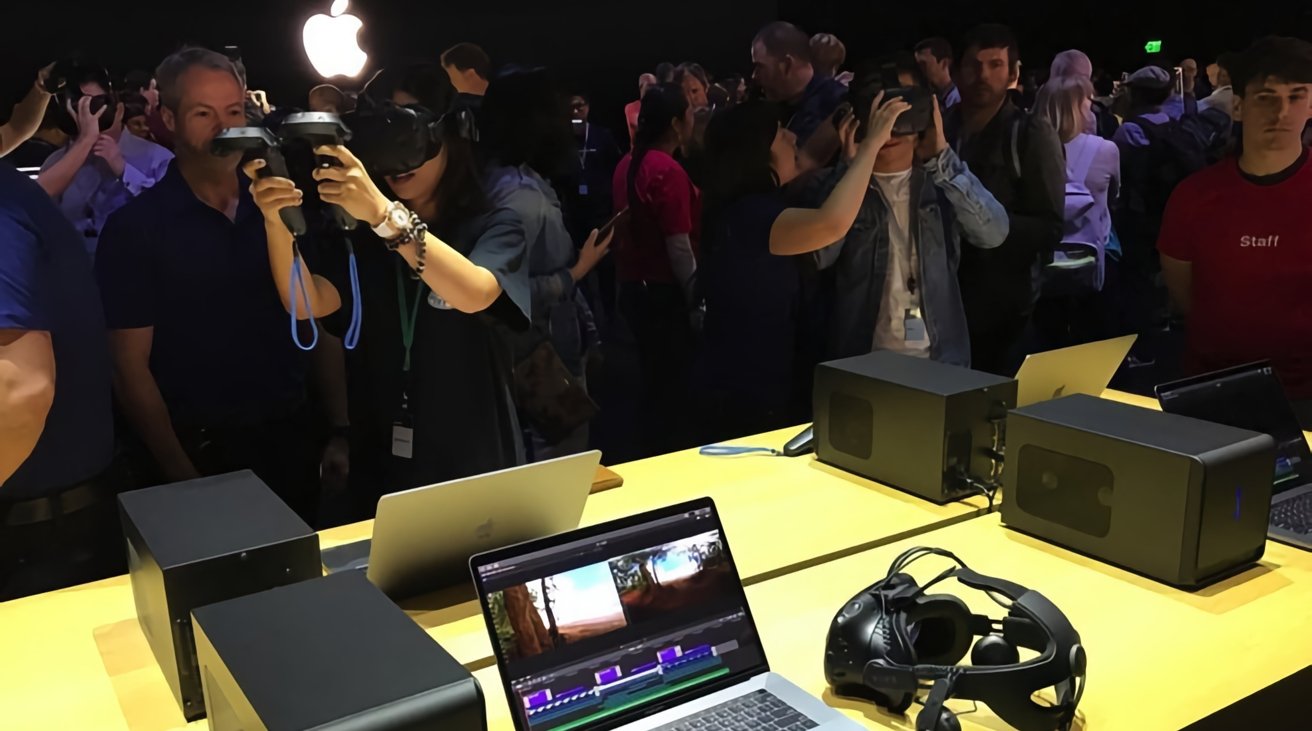
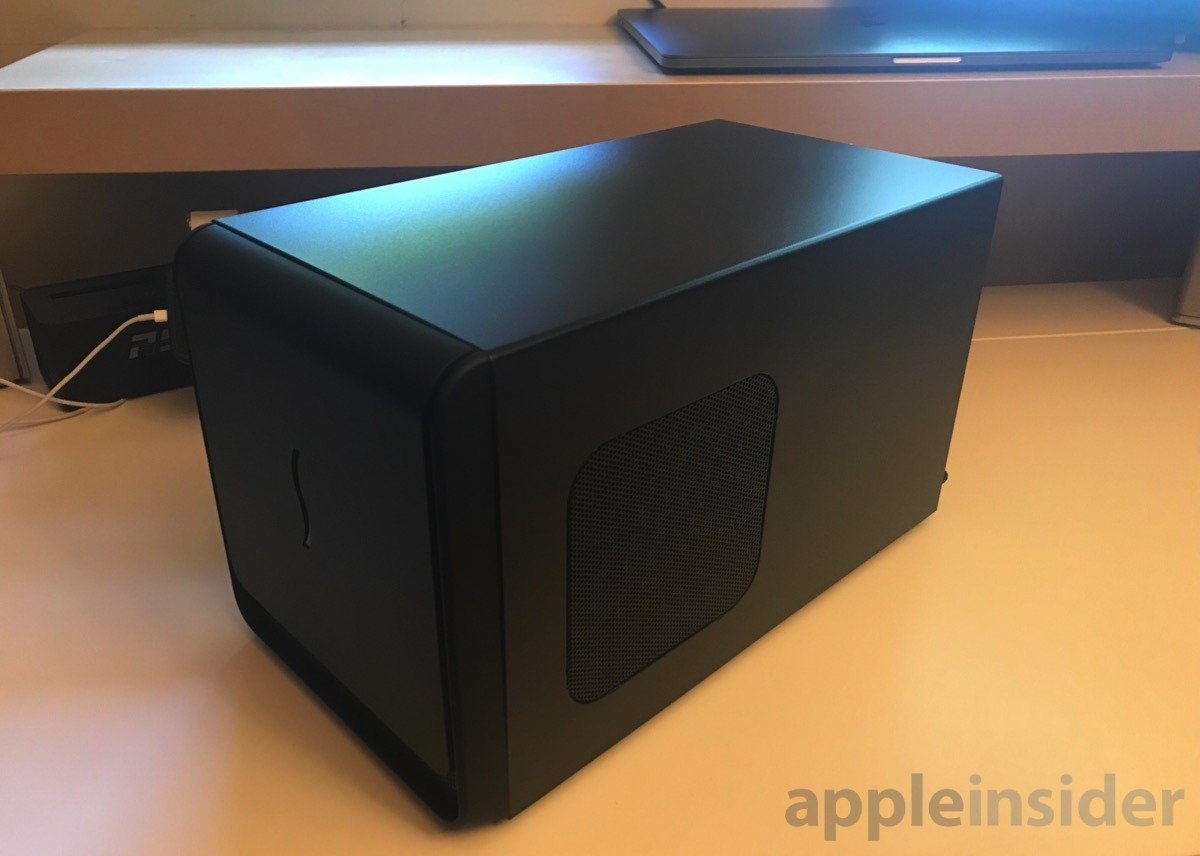
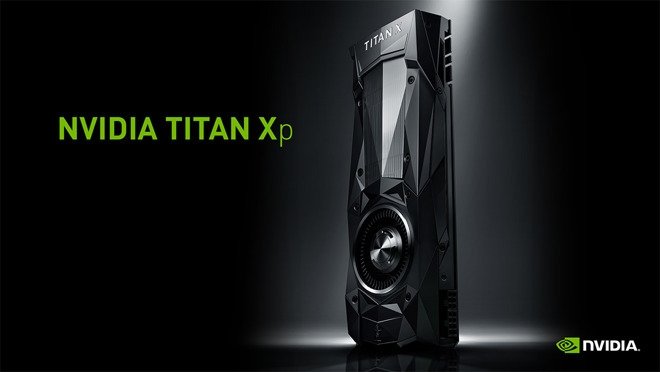
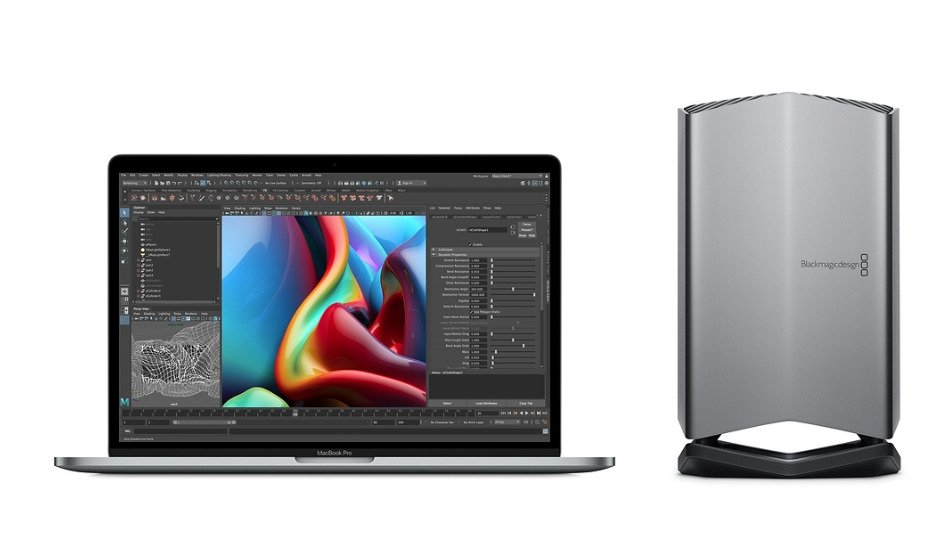

-m.jpg)






 Amber Neely
Amber Neely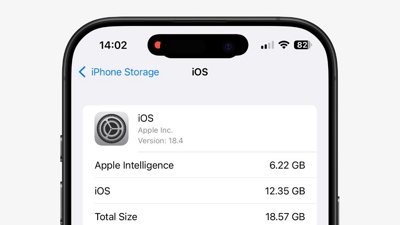
 William Gallagher
William Gallagher
 Sponsored Content
Sponsored Content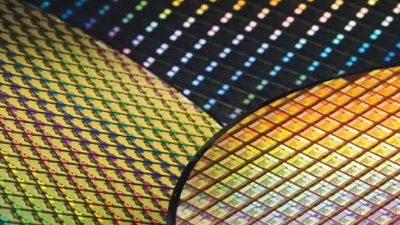
 Malcolm Owen
Malcolm Owen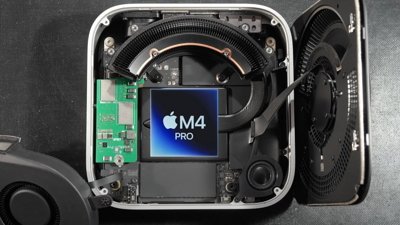










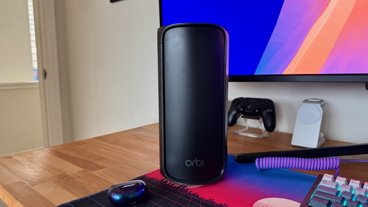
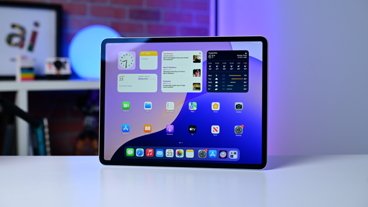

14 Comments
I completely agree that it seems most likely that Apple Silicon Mac Pro will re-introduce AMD GPU support.
The reason for the Mac Pro’s existence is to offer totally mind-blowing capabilities at the highest possible tiers of performance. Money is no object, and neither is power consumption. The Mac Pro in its current form has to be WAY more powerful than both the current Intel Mac Pro and the next best M1 Mac, the Mac Studio, or else it can’t justify its existence. Mac Pro is not for consumers or prosumers - they are already covered with the current M1 lineup. None of Apple’s Mac Pro customers want to see the Mac Pro change from the familiar, supported, stable Intel + AMD architecture unless Apple Silicon offers them dramatic, undeniable benefits.
The rumored 40-core dual-M1 Ultra CPU seems like it ticks that box on the CPU front, that should offer way better performance than the current Xeons. But on the GPU front, 128-core dual M1 Ultra GPUs would be pretty good, but definitely not equivalent or superior than the current Mac Pro’s highest possible GPU configs - two W6800X Duo MPX modules (4 GPUs!) or two W6900X GPUs. Two M1 Ultra GPUs might match one W6900X, but it wouldn’t beat TWO W6900X or FOUR W6800X. The new Mac Pro GPU story has to be at least as good, if not significantly better than what’s already available in the Intel Mac Pro.
It’s possible Apple might have a trick up their sleeve with a “Lifuka” proprietary GPU that offers the mind-melting performance the current M1 Ultra GPU doesn’t quite offer. But given all the work Apple put into designing the MPX module system in 2018 and the ridiculously over-engineered MPX-sized Mac Pro chassis, when they knew M1 was right around the corner, I’d bet the GPU story will be that Mac Pro customers can recoup their investment in expensive MPX GPUs and simply move them into their new Apple Silicon Mac Pros. They’ll get to enjoy their current level of highest-end GPU power plus the added benefit of the built-in Afterburner encoders/decoders of M1 Ultra, and the 128-core dual M1 Ultra GPU augmenting the AMD MPX GPU. It’ll be like getting an additional W6900X worth of GPU power “for free.” And surely the base level Mac Pro configs will be fine with the M1 Ultra’s GPU alone, but I think they simply need to keep offering the MPX expansion option for those who truly need to max out GPU power. (As well as likely adding an expandable RAM option to match the current Pro’s 1.5TB capacity.)
And yes, if that happens then eGPU support for the rest of us would be great too! Although I do wonder if Apple’s less robust Thunderbolt implementation on M1 is entirely up to the task…
eGPUs are not the solution. Benchmarks aside, they never delivered in terms of application performance.
Apple has a long road ahead convincing developers to fully re-architect their products so they could release their own discrete GPU options which would work better in the short term. Of course if they do this, there’s less of an incentive for devs to move to UMA.
Man, I've had so many NVIDIA cards die (3), it's like they want them to die to give 'um reason to buy another one! LOL
All joking aside, I see a space for PCI-E, because in general there are SOME that want a "box" that if SOME new card comes out of nowhere, that is ridiculous, like the article said, putting 1,2 or even up to 4 of them in a "case" is a really good upgrade for some. And heck depending on what you are doing, 2 years later after the initial 2 years at the 4 year mark, you could finalize the BEAST with an additional 2-4 cards that are even more insane, if these power hungry video card makers keep cranking out these energy hogs...